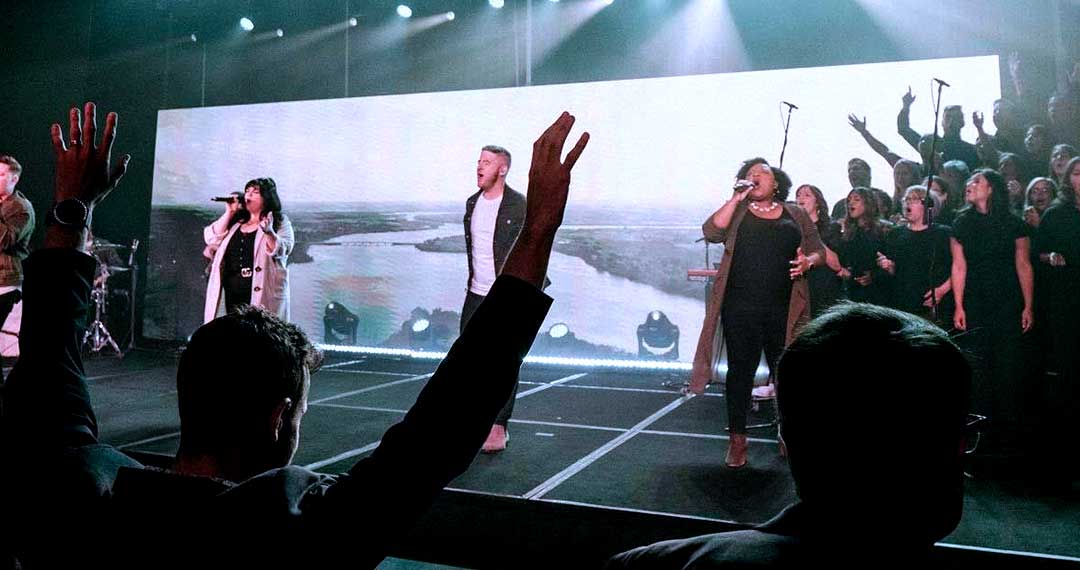
Classic display methods, like CRTs, have been present for many decades. They were frequently used in TVs and computer monitors. However, CRTs have a limited lifespan, typically lasting approximately 10,000 to 20,000 hours of operation. This means that after a couple of years, users may notice a deterioration in picture quality, such as dimming or color deformation. In comparison, LED wall screens can last considerably longer, often exceeding 50,000 hours. This prolonged duration means that users can enjoy reliable performance without the requirement for frequent substitutions.
Another important factor to take into account is energy efficiency. LED panel screens consume less power than conventional screens, which not only helps the environment but also lowers electricity costs. For example, while a CRT screen may consume around 100 watts of energy, an LED screen can consume as little as 30 to 50 watts. This discrepancy in power consumption contributes to the overall durability of LED technology, as lower energy consumption generates minimal heat. Excessive thermal energy can harm electronic components, resulting to a reduced duration for conventional screens.
In addition to their longer lifespan and power conservation, LED panel panels also offer enhanced visual clarity. They offer brighter colors and improved differentiation, making them perfect for various applications, from marketing to learning displays. The technology behind LED panels enables for see here a broader sight angle, meaning that visuals remain clear and vibrant even when viewed from the flank. This is a major benefit over traditional displays, which often experience from hue distortion and reduced luminosity at broader perspectives.
In summary, the longevity of LED panel screens in contrast to traditional display technologies is a key aspect for buyers to consider. With lifespans that can exceed 50,000 hours, power conservation, and enhanced visual quality, LED technology offers many benefits. As technology continues to progress, LED wall panels are probably to turn even more common in multiple environments. Grasping these differences can help individuals and organizations make better choices when investing in screen technology, guaranteeing they get the optimal worth for their requirements.